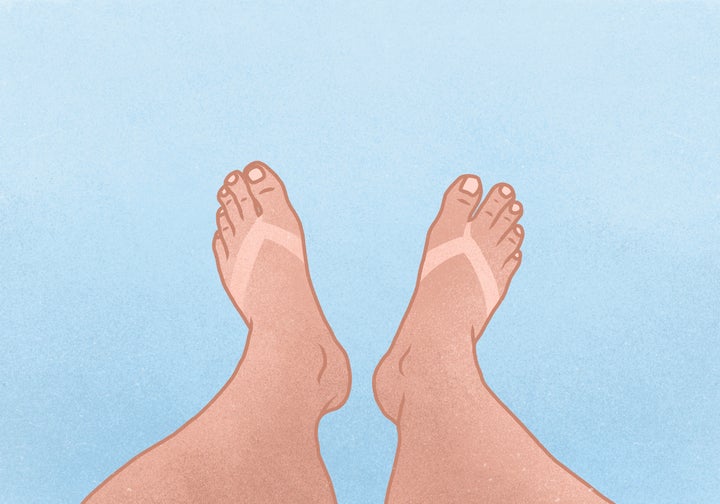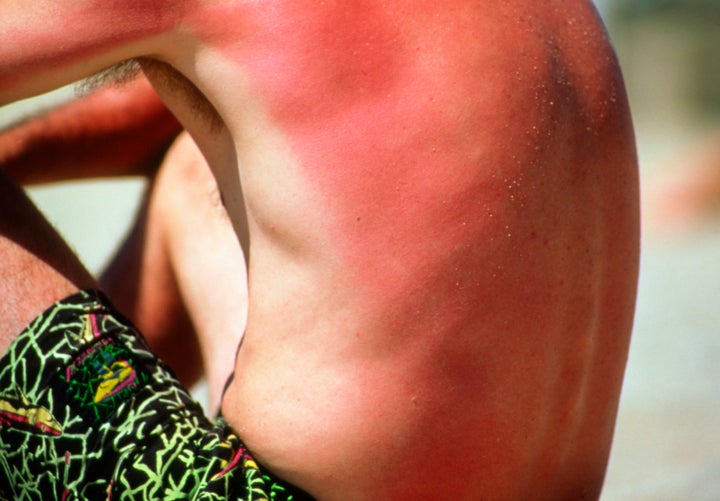
This summer is already shaping up to be a scorcher. But while it’s great news for those with a penchant for barbecues, it’s very bad news for our skin (especially for those not slathering on the SPF).
Sunburn is skin damage caused by the sun’s ultraviolet (UV) rays. In severe cases, it can blister and you might also experience a high fever and heatstroke-type symptoms.
It’s thought getting sunburnt just once every two years triples the risk of melanoma, which is the deadliest form of skin cancer.
Cancer Research UK recently revealed that rates of melanoma have soared by 45% over the course of a decade, with young people also developing the disease. Yet experts believe almost nine in 10 cases could be prevented if people protected their skin with a high factor sun cream.

How To Prevent Sunburn
People who live in the UK are most at risk of getting sunburnt between 11am-3pm. Don’t make the mistake of thinking that because the sun is behind a cloud you’re safe - you don’t need blue sky conditions to get burnt, it can happen even when it’s cloudy or if you’re swimming underwater in the sea or a lido.
To avoid sunburn it’s best to keep out of the sun when it’s at its strongest, stay in the shade as much as possible, cover up with loose clothing and a hat, and protect your skin with sunscreen (including your eyelids).
When buying sun cream, opt for high sun protection factors (SPF). Matthew Patey, chief executive of the British Skin Foundation, recommends a minimum of SPF 30 for adults. For advice on how to choose the best sunscreen for children and babies, check out our guide here. And remember to regularly reapply your sunscreen.
Treatment
If you think you’ve burnt your skin then it’s important to get out of the sun straight away and sit in the shade. “Cover those affected areas and seek out shade until the sunburn has healed,” says Patey. “Loose fitting clothing is advisable as it is cooling and allows the damaged areas to ‘breathe’.
“If pain persists then analgesia or painkillers can help and also reduce the inflammation - remember however that paracetamol will ease the pain but not the inflammation itself.”
You can cool sunburn by sponging it with cold water or having a cold bath or shower, according to NHS Choices. But make sure you avoid using soap as this can dry out and irritate burnt skin.
Once you’ve washed, apply a water-based emollient (moisturiser) to your skin to keep it cool and moist. For an extra soothing sensation, keep your moisturiser in the fridge.
“Aloe vera or soy gels are useful for cooling and also have anti-inflammatory properties,” says Patey. “Avoid petroleum, benzocaine or lidocaine products as they can sometimes trap heat.”
He also advises you avoid popping blisters as this can lead to infection and scarring. They will disappear by themselves after a few days.
Sunburn can also lead to dehydration, so it is imperative that you also drink plenty of fluids to help you cool off. This means steering clear of the alcohol too (sorry!).